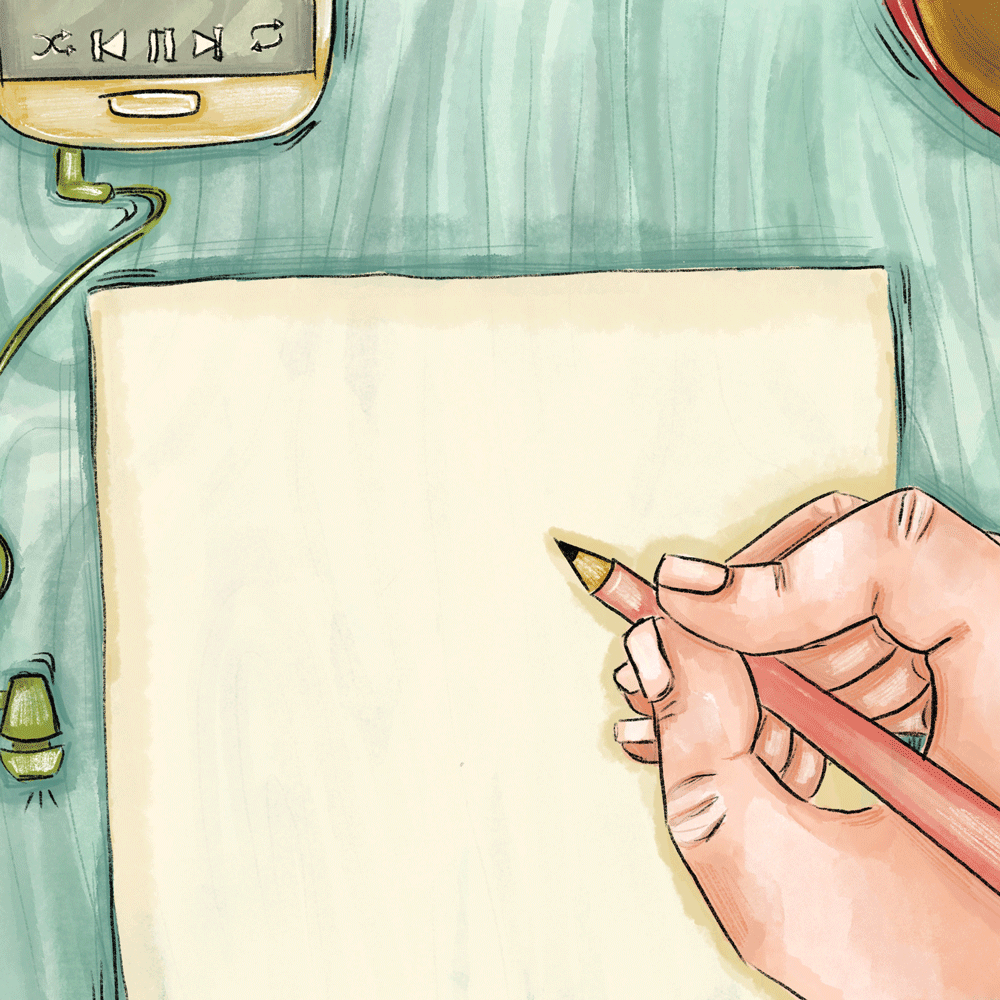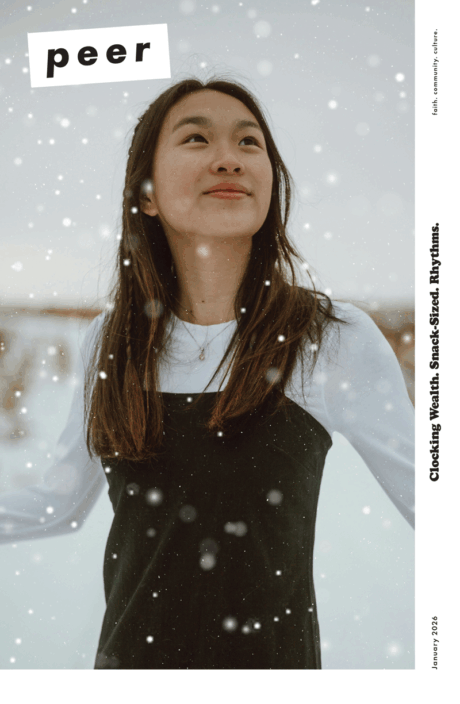The Most Toxic Thought of All
"Our mental wellness as individuals and as a society depends on it."
Imagine yourself needing something from the top of a kitchen cabinet that you can’t quite reach. Can you visualize how you would get it down?
As you think through this scenario, you are solving a problem in the external world through a series of complex tasks in your inner world: your mind. You are using internal language and connecting one thought to another based on memory and experience: “If I am closer to the object, I can reach it … to be closer to the object, I need to be higher off the ground … if a chair is nearby, I can stand on a chair … if I stand on a chair, I will be closer to the object … a chair is something I can fall off of … if I stand on a chair, it’s possible I will fall … if I am careful, I might not fall … I can keep my balance by being careful about how I stand on the chair…” The ability of the mind to remember, organize, plan, rehearse and problem-solve is one of our most miraculous powers as humans and makes living each day possible.
Unfortunately, this fantastic mental gift has a dark side and can also lead us to experience a great deal of emotional pain. Think about how we’re feeling and who we are in relation to other people. The same mental process goes to work: I am feeling afraid right now … I am so scared I will make a mistake and look foolish… people make fun of others who look foolish … people who get made fun of don’t have friends …. people who don’t have friends are lonely … people who are lonely aren’t happy … We essentially build thought chains in our mind, whereby one thought links to another, which links to another, and so on. Our thought chains are made up of both good and bad experiences in our lives. Some of the strongest, most challenging thought chains to break are the ones made up of the really painful and scary things that have happened to us in our lives.
You may have heard someone mention toxic thoughts. Typically, they are referring to ideas or beliefs that cause us to feel anxious or bad about ourselves. In reality, anxiety is not the result of one single thought. Rather, anxiety is the emotional consequence of connecting one thought to another and the story we create from those connections. I believe then that the most toxic thought of all is the belief that our thought chains are fixed and unbreakable. Anxiety is the product of limiting the way we connect thoughts and assuming our mental connections are factual. Anxiety occurs when we link one fearful thought to another and view that thought chain as reality. Anxiety is essentially a creative breakdown in our approach to mental problem-solving.
Alright, let’s go back to that thing on the shelf you were trying to reach a moment ago. Perhaps you thought of pulling up a chair, using a broom handle, standing on the kitchen counter (this was my mental solution btw) or jumping up and down until you reach it. But allow yourself to think outside of those typical solutions. Think creatively. What other thought chains could you create that might mentally solve the problem of acquiring the object on the shelf? I suspect if you give it a minute, then you can conjure up some innovative and possibly wild solutions that might achieve the same desired outcome. The key here is to give yourself that minute to be creative and avoid the tendency to go with the first thought chain that comes to mind. Just because a thought chain happens quickly and automatically, doesn’t mean it’s the only possible one.
Living with anxiety can be absolutely awful. When it’s really bad, it can get in the way of our ability to live, laugh, love and learn. Professional mental health treatment can be helpful and even necessary for some types of anxiety. But living with anxiety, emotional pain and fear will require much more than that. It requires us to break the binds of thought chains in our inner world. It requires us to break the connection between fear and doom and form a new one between fear and potential.
We must begin to connect thoughts in new ways, thoughts about ourselves, our relationships with others, our communities, and in our world. If the most toxic thought of all is the one that says there is only one way to think about things, then the antidote lies in our creativity to form new connections in thought. Our mental wellness as individuals and as a society depends on it.

S. Blake Lanier, M.S.W., L.C.S.W. is a psychotherapist and consultant in private practice. For more than 20 years, he has provided clinical services to youth, adults and family systems as well as mental health training and consultation to for-profit and non-profit organizations. Blake grew up in The Salvation Army as an officers’ child and specializes in the provision of clinical, research and consultation services for Salvation Army candidates, cadets, officers and officer families. Blake leads a team of mental health professionals that facilitate the Coaching Action Plan and Officer Support Plan programs for theCentral, Eastern, and Southern Territories. Blake previously served as a clinical professor in the social work graduate program at Kennesaw State University, where he taught advanced clinical practice. He is a Gottman Marriage Therapist, a Certified Birkman Consultant, and a Certified Mental Health First Aid instructor. Blake is also a master trainer for Cirque du Soleil’s Global Citizenship Division and teaches performing artists and community workers how to intervene with vulnerable populations through arts-based psychosocial programming. He and his wife, Jill, live, work and play in Atlanta, Georgia. Blake is kept adequately fueled by running, coffee, and sushi.



